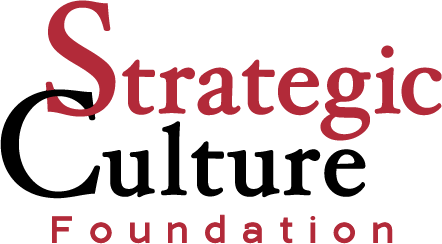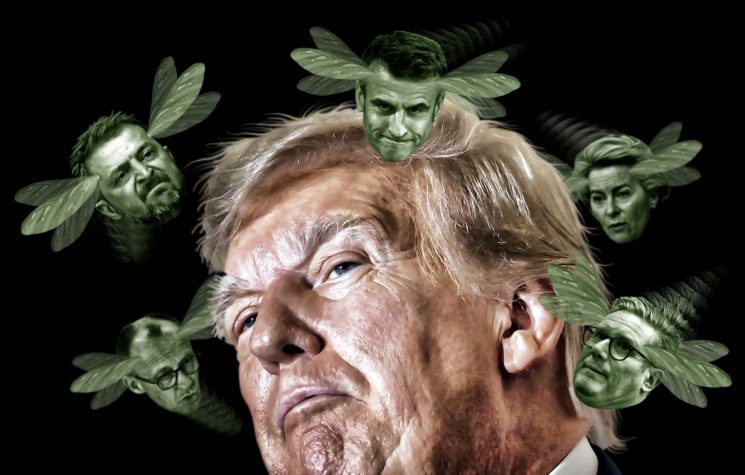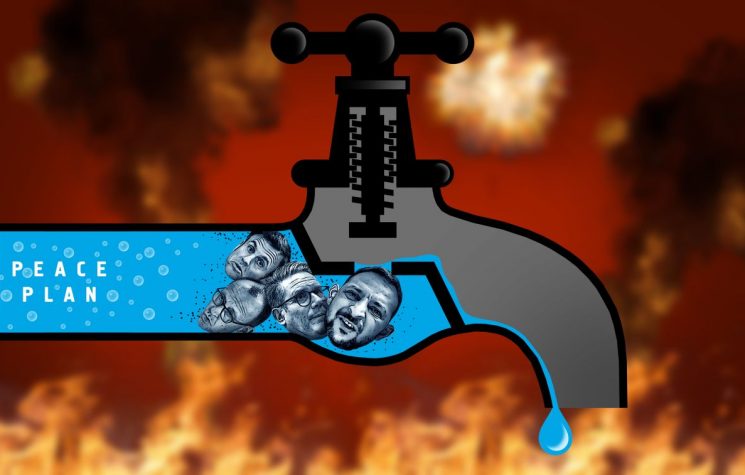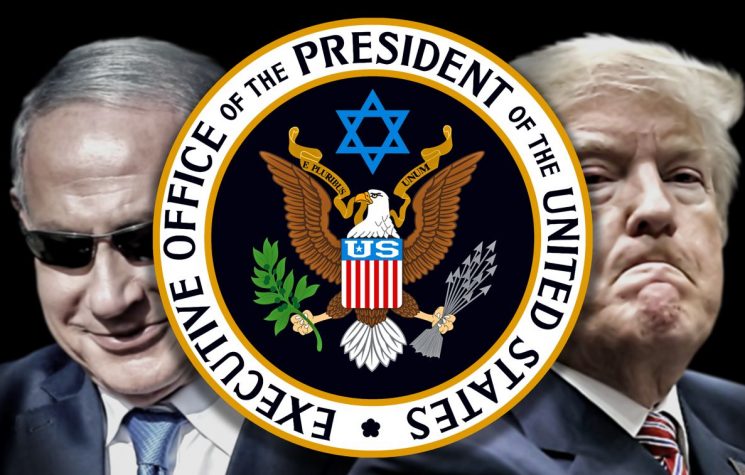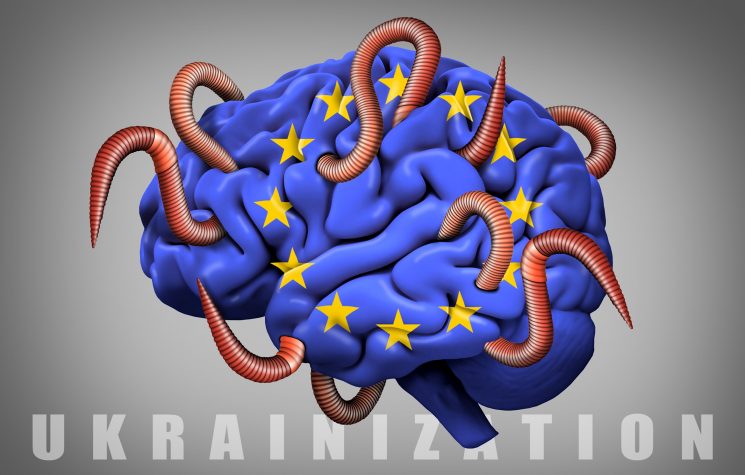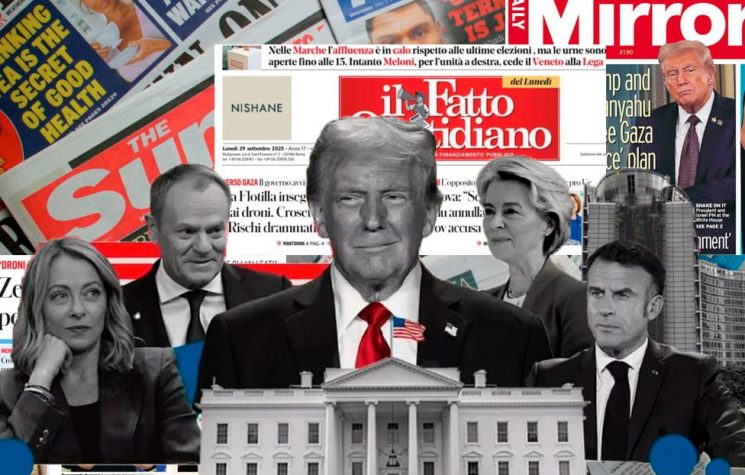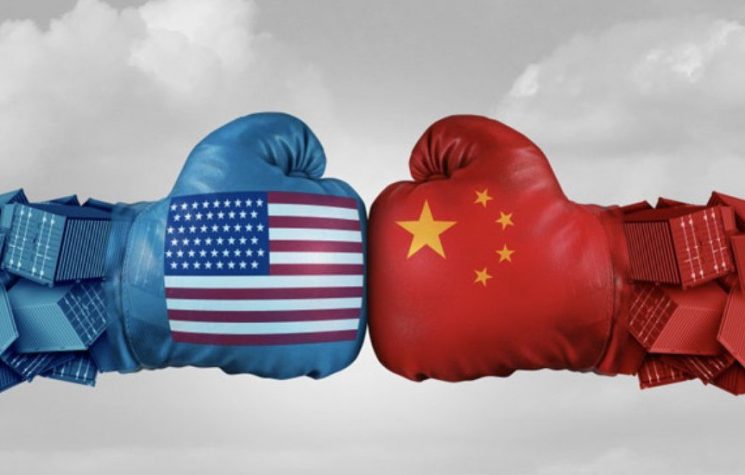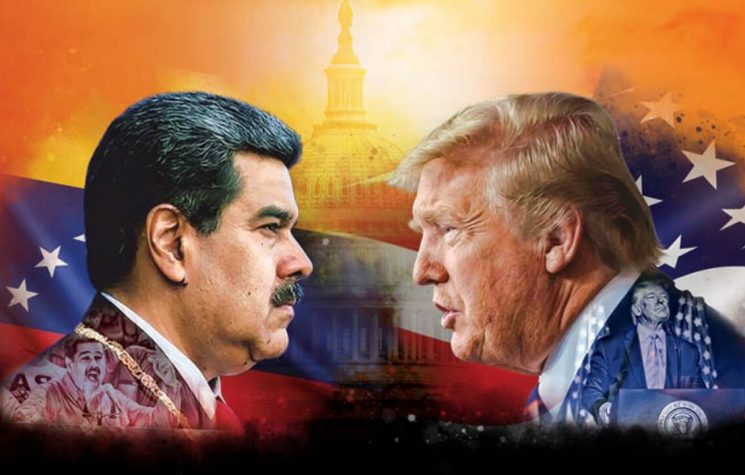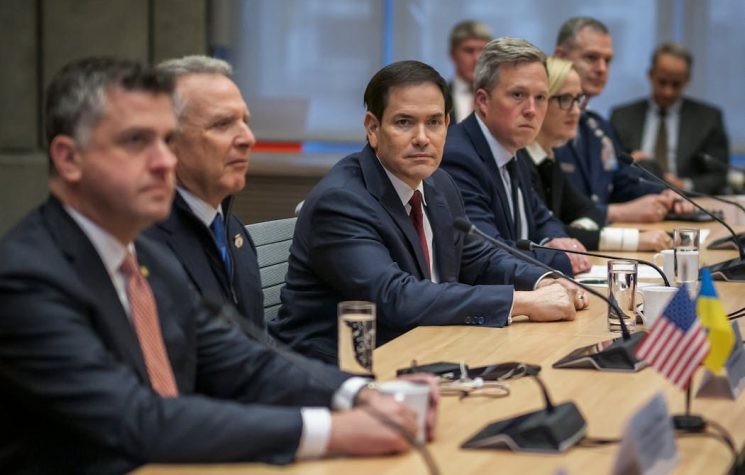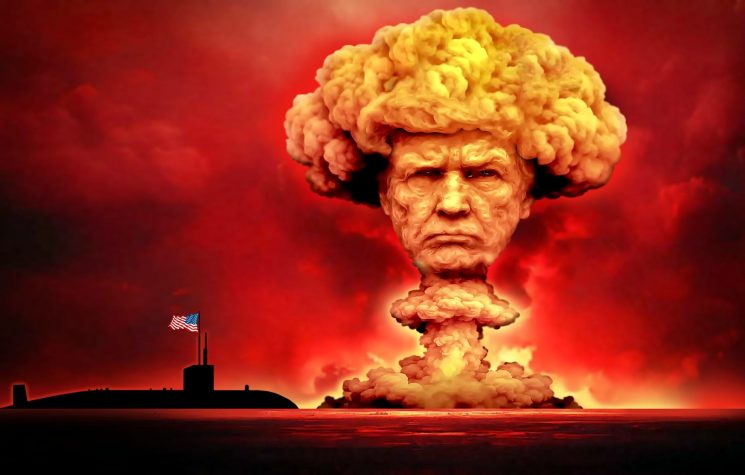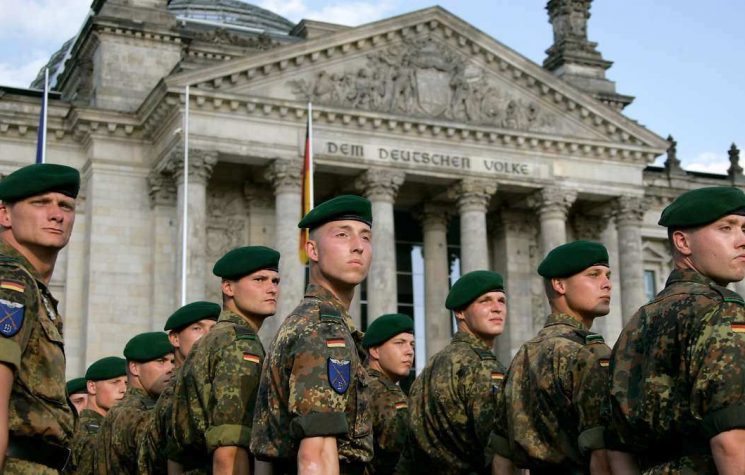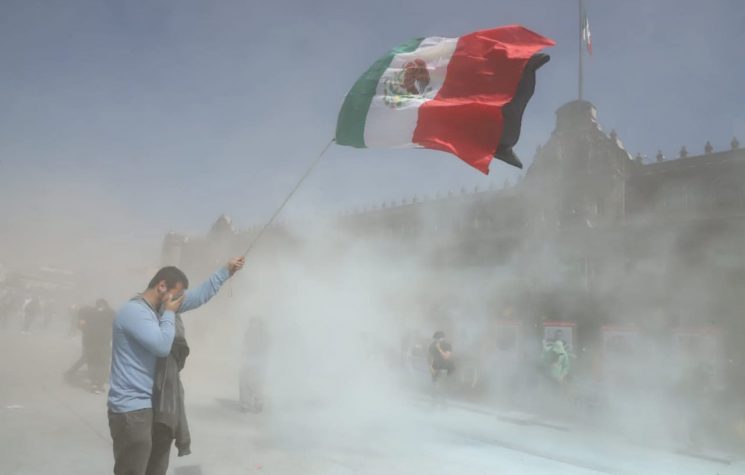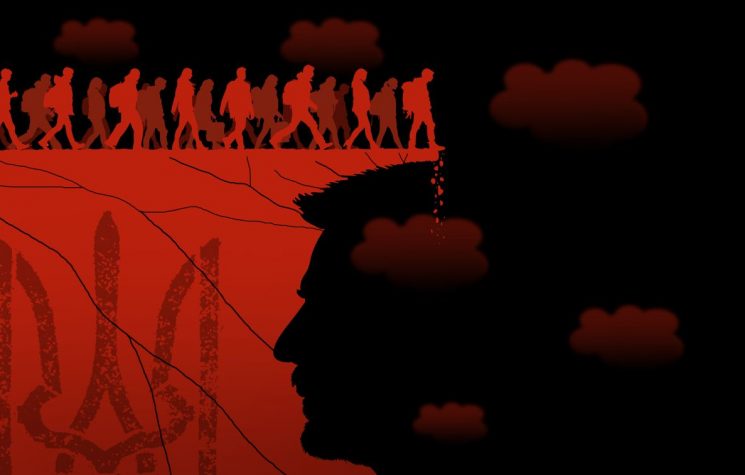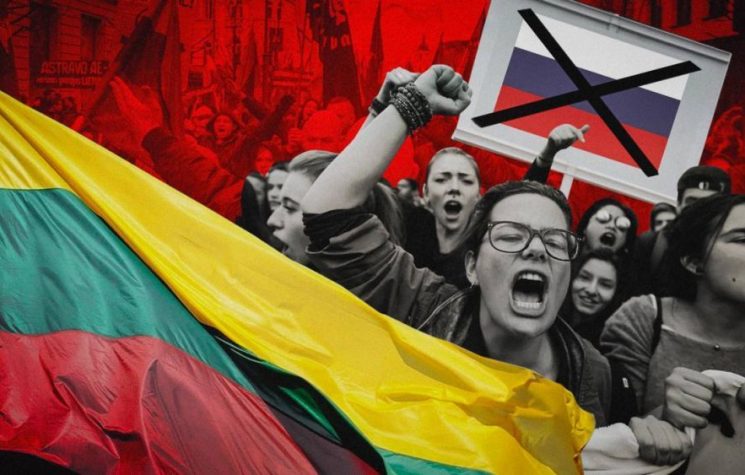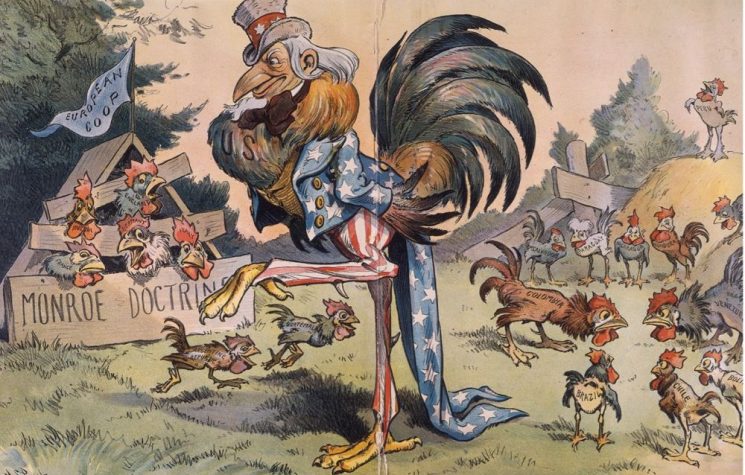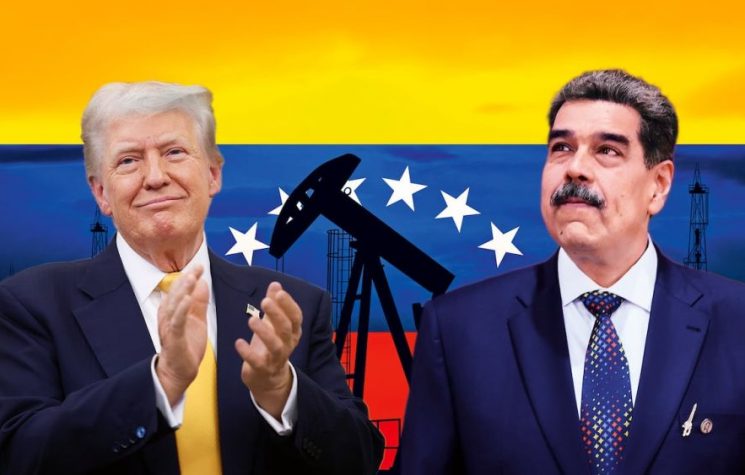It is necessary to look with some objectivity at the changes taking place in the European geopolitical context following the inauguration of Donald Trump in order to understand the redefinition of power geometries.
Contact us: info@strategic-culture.su
It is necessary to look with some objectivity at the changes taking place in the European geopolitical context following the inauguration of Donald Trump in order to understand the redefinition of power geometries.
A history spanning several decades
American imperialism has had a nonlinear development vis-à-vis Europe. To be part of the American empire, obviously as subjects, until the late 1990s was convenient and had many advantages. Those who accepted the terms found themselves sitting at the table of the “strongest,” with obvious commercial convenience given the monetary supremacy of the dollar, but also the maintenance of classical nuclear deterrence. Being friends with the Americans boded well.
In Europe, this condition was, willingly or unwillingly, a consequence of the Marshall Plan by which the U.S. had bought off governments one by one, both the vanquished and the less vanquished during World War II. Politically, the bogeyman of communism “in the east” sufficed as an excuse to justify both preventive policies, the gradual expansion of NATO, and a range of trade choices. The communist monster had to be kept at bay. The occupation was factually a balance of convenience, not just a military matter.
The Marshall Plan, officially called the European Recovery Program (ERP), was an economic aid plan launched by the United States in 1947 to aid the reconstruction and stabilization of Europe devastated by WW2. It was devised by U.S. Secretary of State George Marshall with the main objective of preventing the economic collapse of European countries and countering the much-adverse expansion of communism, which was gaining ground especially in places like Italy and France.
The plan consisted of a vast program of financial aid, including loans and grants, intended for 16 states. This economic aid was intended to get economies back on track by rebuilding infrastructure, modernizing industries, and strengthening local currencies. The U.S. provided about $13 billion, a huge amount for the time, corresponding to a much higher figure in today’s terms when considered in terms of inflation.
One of the effects of the plan was the construction of the European Economic Community (EEC)-as well as the strengthening of ties between the United States and European nations-creating a system of alliances that would later give rise to NATO in 1949.
The EEC was indispensable in decreeing the supremacy of the dollar over the other national currencies of Europe: an international organization founded in 1957 with the Treaty of Rome by Belgium, France, West Germany, Italy, Luxembourg and the Netherlands, it had as its main objective the creation of a common European market, allowing the free movement of goods, people, services and capital among its members, fostering economic integration and growth in the region. The EEC was set in the context of the Cold War and aimed to counter the influence of the Soviet Union in Europe by creating an area of prosperity and stability. One of the key aspects of the EEC was the elimination of tariffs among member countries and the introduction of a common trade policy with the rest of the world, allowing them to negotiate as a single bloc–in dollars, of course!
The Treaty of Rome also established common institutions, such as the European Commission, the Council of Ministers and the European Parliament, which were responsible for making decisions on economic and political issues. The EEC also fostered cooperation among its members on other issues, such as agricultural, industrial and transportation policies, helping to strengthen ties among European countries. Over the following decades, the EEC expanded to include other countries, and in 1993 it became the European Union (EU) with the Maastricht Treaty. With the incorporation of new policies, such as the single currency and territorial enlargement, the EEC has evolved its role, but its origins as a common market remain central to the construction of modern Europe. The dollar played a significant role, especially in the initial years of its existence, when the world economy was still very much influenced by the Bretton Woods system (1944-1971), which established the dollar as the reference currency for international trade.
During this period, the dollar was tied to gold and was used as the world’s reserve currency. The EEC relied on the dollar for international transactions and for managing its foreign exchange reserves. Economic integration was not only about the elimination of trade barriers among members, but also about a common external policy in which the dollar was the main trading currency.
This process characterized Europe for more than half a century, a very long period during which the masses were educated to subservience. It was a guarantee process for the UK-U.S. sphere, a process without which power could not have been maintained. The current ruling classes of European politics were anagraphically born already under American occupation, which is why it is so easy and spontaneous for them to allow themselves to be ruled as subjects.
A significant change is taking place
At the last gasps of star-studded imperialism, let us take a close look at what is happening.
The empire – or what remains of it – is imposing the costs of occupation on its vassals: Europe must pay American debts, must fight wars for it, must act as a factory, must sacrifice men and women, must, above all, obey without complaint.
This is where the final phase of the colonization/occupation cycle opens: terrible, destructive, bloody.
Let there be no confusion: the blood shed is not necessarily only that of young men sent to die at the front in an upcoming continental war, it is also that which is already flowing of the thousands and thousands of businesses closing, of jobs being cut, of poverty increasing in all European states. Every life that is denigrated, insulted, cut short by this infamy is blood spilled.
And all this is cheerfully passed off under the Make the Europe Great Again mode.
It takes very little to convince the average European citizen that his executioner has magically turned into his best friend. Until the day before yesterday, the U.S. was part of the problem; today, it seems to be the solution. The real fact is that nothing has changed. The U.S. is still the U.S., Europe in a state of occupation and subjugation is still the same. No president – white, black or with a blond forelock – has cancelled the agreements and given Europe back its freedom and dignity. No one has even hinted at it.
In fact, the opposite: ever since the election campaign, the current president reiterated that in order to make America (=the American empire) great again, he was ready to bill the colonies. There is nothing more psychopathological than to love one’s executioner as if he were a savior lover.
All it takes, I repeat, are a few grains of sugar to convince the European citizen: a catchy slogan inciting the glorious return of Europe, but under U.S. dependencies; a couple of exciting news items, such as the closure of USAID or the deletion of multiple sexual genders from registry lists; a couple of pampering of leaders, just to make it look like they are being praised.
But it is all demagoguery, as it always has been. And as, unfortunately, both the powerful and the simple people have continually fallen for it.
Is USAID really out of the picture?
Let’s talk about USAID, recent news of great weight.
The dissolution is undoubtedly a good thing, because it was an intelligence tool for stirring up colorful revolutions, laundering money and corrupting institutions. A low-profile tool for painstaking soft power work. Apparently, it is not to be disbanded altogether, but integrated into the State Department-other major body of U.S. political influences. There is a standard protocol for dealing with this, where intelligence organizations build the same thing through the private sector or say it is being cut when in fact they are just merging it with another part of the government, like the State Department. What we are seeing now is a mix of both.
Hand in hand, however, we have a variation of these tools. Infowarfare is more convenient and easier than spending millions and millions of dollars on a complex and corrupt international structure. Better to use social networks, where all it takes is a few people, while the other “agents” are the users unaware that they are part of a big game.
Elon Musk’s X “The Everything App,” Peter Thiel’s Palantir, including the Palantir Foundation for Defense Policy and International Affairs, and Joe Lonsdale’s OpenGov are preparing to be the next generation of statesmen. X is succeeding in its goal of replacing the media with its “citizen journalist” approach under the guise of “free speech.” A major technocratic revolution in the communication system. We will only realize this in a few years. What’s more, X can cover the handling of money that went to USAID. So, potentially, there is no substantial difference; it is just a matter of form.
Palantir, OpenGov and X will handle data analysis and use it to develop methods of statecraft and foreign policy previously unthinkable for intelligence organizations.
Which geometries?
Very little is needed.
The new geometries are still in the gray zone and, unfortunately, will remain there for a long time, because the gray zone is the hybrid domain in which hybrid wars such as this world war operate.
It is likely that there will not be clear definitions and coincidental decisions. Confusion is a more comfortable management space for power structures.
Think of a Mark Rubio talking about multipolarism: 9 out of 10 viewers in the European and Asian worlds were moved to the point of heart attack. An American talking about multipolarism, wow! Salvation! It’s too bad that multipolarism has also been talked about for years by the United Nations, the European Union, for example, and not with the same meaning as given to it by the theorists of true multipolarism. It is clear that it takes time and that we are dealing with delicate relations, we agree: but it is equally true that the appropriation of semantic registers is a political attack strategy as old as Seneca’s Rhetoric in the forum of ancient Rome.
Europe is too precious to the U.S. because it is the source from which to suck energy and resources. Sensing the detachment of the imperialist grip, the U.S. is reorganizing its hegemony. Influence is no longer the same as before both quantitatively and qualitatively, so there is a need to change modes, and that is what is happening.
Trump has never talked about liberating Europe or, better yet, letting Europe go free. He said, indeed Elon Musk said, make it great again. But it is not for them – not today or ever – to tell us how.

